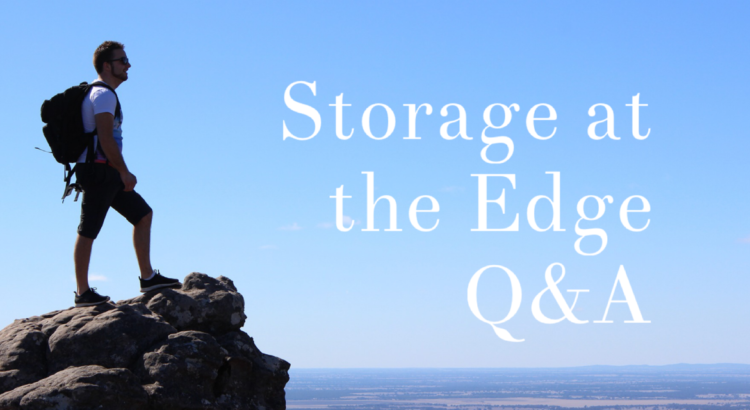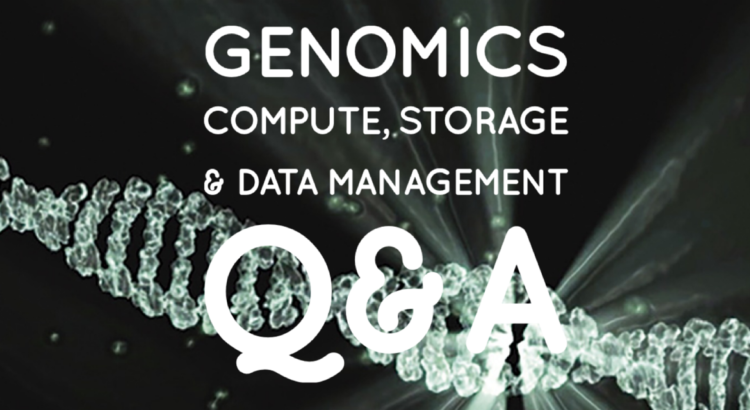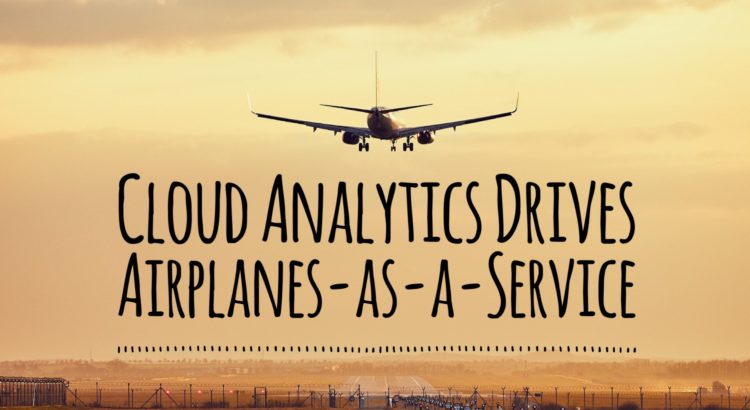
Storage at the Edge Q&A
The ability to run analytics from the data center to the Edge, where the data is generated and lives creates new use cases for nearly every business. The impact of Edge computing on storage strategy was the topic at our recent SNIA Cloud Storage Technologies Initiative (CSTI) webcast, “Extending Storage to the Edge – How It Should Affect Your Storage Strategy.” If you missed the live event, it’s available on-demand. Our experts, Erin Farr, Senior Technical Staff Member, IBM Storage CTO Innovation Team and Vincent Hsu, IBM Fellow, VP & CTO for Storage received several interesting questions during the live event. As promised, here are answers to them all.
Q. What is the core principle of Edge computing technology?
A. Edge computing is an industry trend rather than a standardized architecture, though there are organizations like LF EDGE with the objective of establishing an open, interoperable framework. Edge computing is generally about moving the workloads closer to where the data is generated and creating new innovative workloads due to that proximity. Common principles often include the ability to manage Edge devices at scale, using open technologies to create portable solutions, and of ultimately doing all of this with enterprise levels of security. Reference architectures exist for guidance, though implementations can vary greatly by industry vertical.
Q. We all know connectivity is not guaranteed – how does that affect these different use cases? What are the HA implications? Read More









 ) International Standard work? Is it possible be to both S3 and CMDI compliant? What security measures are in place with CDMI? How, and where, is CDMI being deployed? These are just some of the topics we covered at our recent SNIA Cloud Storage Technologies (CSTI) webcast, “
) International Standard work? Is it possible be to both S3 and CMDI compliant? What security measures are in place with CDMI? How, and where, is CDMI being deployed? These are just some of the topics we covered at our recent SNIA Cloud Storage Technologies (CSTI) webcast, “